Trochanteric Hook Plate - Vancouver Type B1 Periprosthetic Femoral Fracture
Score and Comment on this Case
Clinical Details
Clinical and radiological findings: 72-year-old female, with a history of total hip arthroplasty performed a decade prior, presented following a low-energy fall. Clinical examination revealed pain localized around the proximal thigh, with no evident neurovascular compromise. Radiographic assessment confirmed a periprosthetic femoral fracture distal to the stem tip, with the prosthesis appearing stable, classified as Vancouver Type B1.
Preoperative Plan
Planning remarks: The preoperative plan involved open reduction and internal fixation (ORIF) utilizing a lateral femoral approach. The strategy was to achieve stable fixation around the prosthesis without necessitating stem revision. Plate and screw fixation, supplemented with cerclage cables, was deemed appropriate given the fracture pattern and the stability of the existing prosthesis.
Surgical Discussion
Patient positioning: The patient was positioned laterally on the operating table, with the affected limb free draped to allow full access and manipulation during the procedure.
Anatomical surgical approach: A lateral approach to the femur was employed, extending from the greater trochanter distally beyond the level of the fracture site. The vastus lateralis was elevated anteriorly to expose the femoral diaphysis while protecting the periosteum and minimizing soft tissue disruption. Careful dissection allowed visualization of the fracture site and the prosthetic stem.
Operative remarks:Intraoperatively, meticulous attention was paid to achieving an anatomical reduction of the fracture fragments. Cerclage cables were first applied to secure fragments and facilitate plate application. Trochanterik locking hook plate was then positioned along the lateral aspect of the femur, spanning the fracture with screws placed proximal and distal to the fracture site, avoiding interference with the prosthesis. Additional cerclage cables were used to enhance fixation and support around the prosthetic stem.
Postoperative protocol: Postoperative rehabilitation protocol included early mobilization with weight-bearing as tolerated, guided by pain levels and stability of the fixation. Emphasis was placed on maintaining hip and knee range of motion, with progressive strengthening exercises introduced as fracture healing was confirmed radiographically.
Follow up: At 6 months follow-up, the patient demonstrated satisfactory progress with evidence of fracture healing on radiographs. She reported minimal discomfort and was ambulating independently with a walking aid.
Orthopaedic implants used: Orthopaedic implants used: Broad locking plate, cortical screws, cerclage cables.
Search for Related Literature
Industry Sponsership
contact us for advertising opportunities
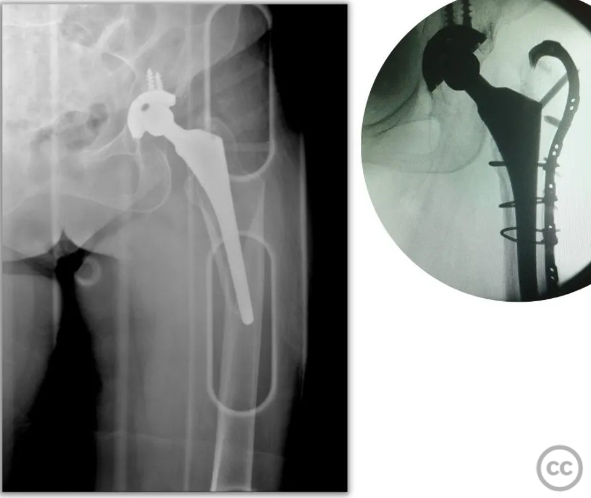
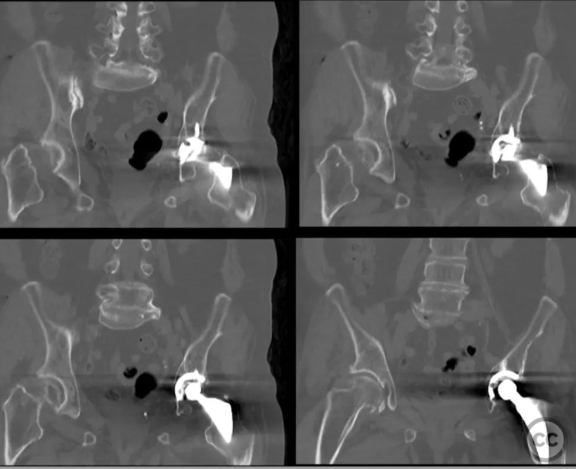
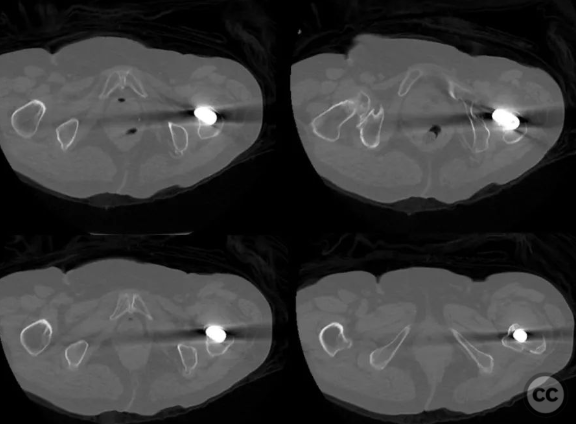
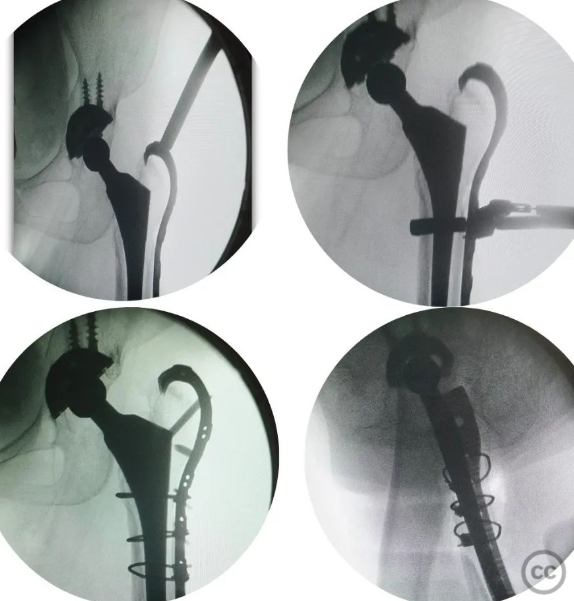
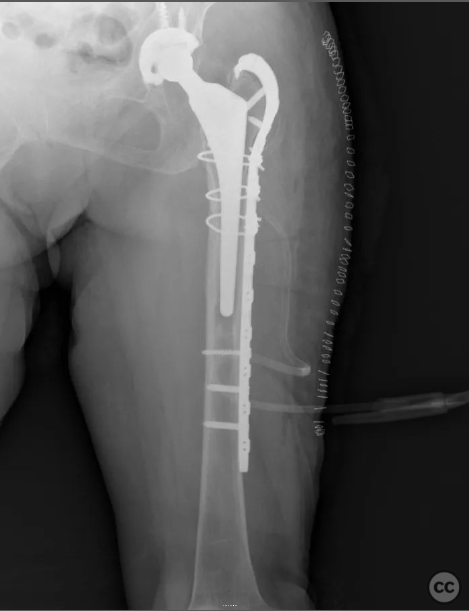
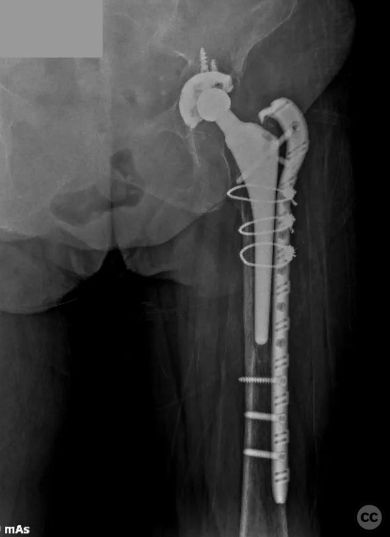


Article viewed 766 times
07 Mar 2024
Add to Bookmarks
Full Citation
Cite this article:
Gumusgoz M. (2024). Trochanteric Hook Plate - Vancouver Type B1 Periprosthetic Femoral Fracture. Journal of Orthopaedic Surgery and Traumatology. Case Report 12438896 Published Online Mar 07 2024.